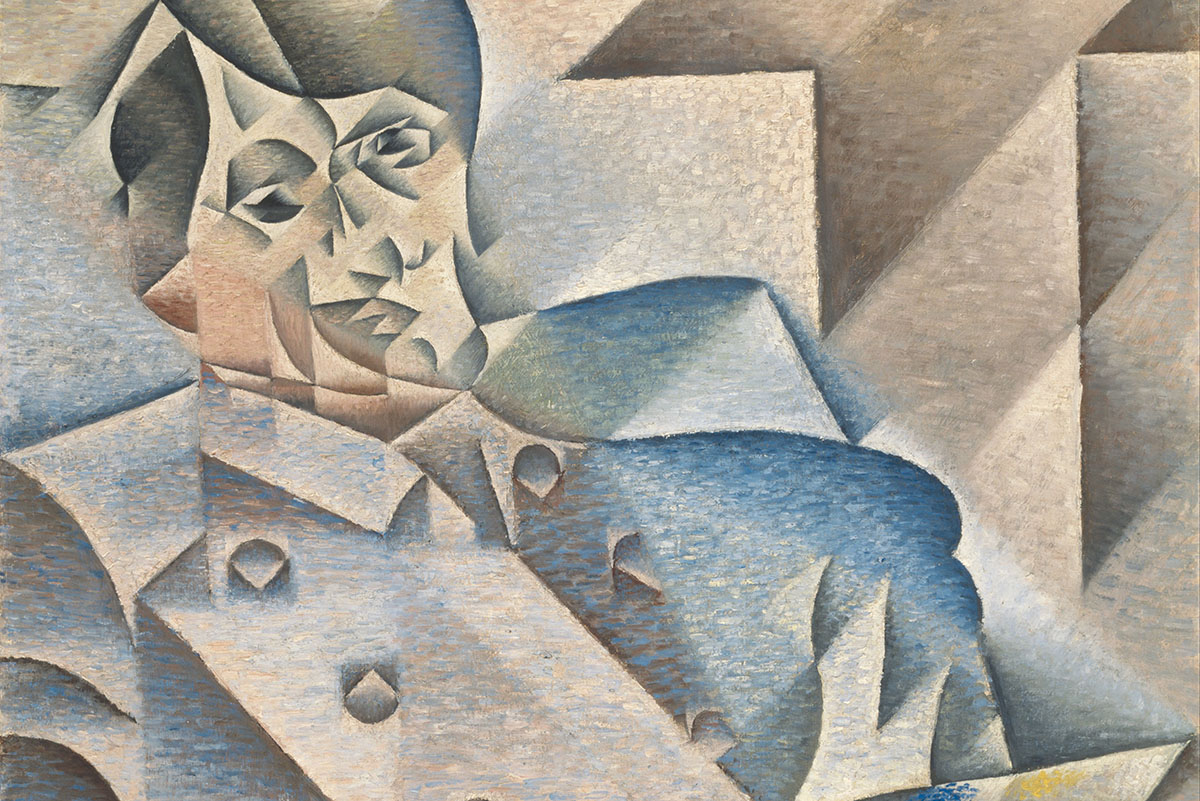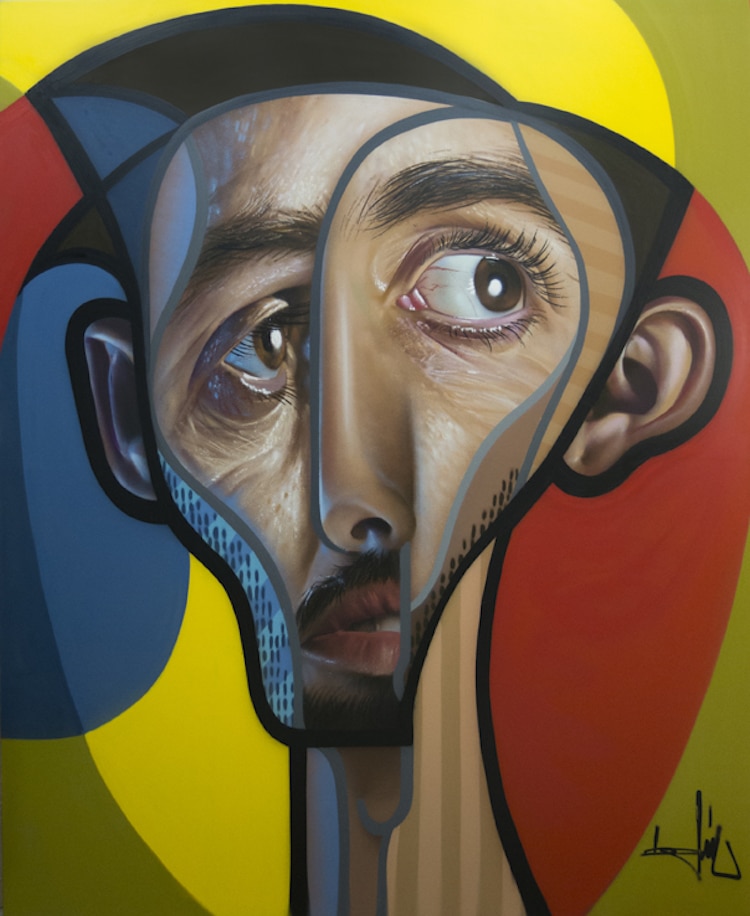

19, is known as Analytical Cubism, a creative approach aimed at depicting representations of the same subject from several points of view at once, in which a fractured, multidimensional effect is created and expressed through a limited palette of colors. The first era of the movement, located between c.
/cab_pma_09_15-56a03abb3df78cafdaa094e3.jpg)
Jean Mirre, The cubist diary after Juan Gris, 2021. The latter words, credited as the first use of the term cubes to describe this style of painting, are most likely responsible for the birth of the term cubism.Įugene Ivanov, Blue still-life, 2020. In fact, after this vision Braque's painting took a new direction, which led him to create some "decomposed" landscapes, which art critic Louis Vauxcelles defined as being made through geometric cube-like patterns. It is precisely to the peculiarities of this monumental canvas, marked by fractured geometric planes, mask-like faces and angular bodies, that the origins of the Cubist movement can be traced. But how did this form of "revelation" of the most original nature of things come about? In 1907, the French painter Georges Braque, visiting the studio of his friend Pablo Picasso, located in the iconic Montmartre district (Paris), was literally overwhelmed by the sight of one of the Spanish master's greatest masterpieces, Les Demoiselles d'Avignon (1907). Cubism, on the other hand, would depict it as a circle, bringing it back to its simpler, yet real, essence.

Pablo Picasso's iconic, profound and decisive words are perfect for introducing to the concept of Cubism, an artistic movement based mainly on three ingredients: geometricity, simultaneity of multiple visions and the desire to render the "fourth dimension." All these components combine to generate an unprecedented worldview, since Cubism is, for all intents and purposes, a particular kind of "realism." It is possible to explain what has been said by giving a concrete example: the mouth of any vase turns out to be explicitly round to the eye, but, in order to capture it within a graphic perspective representation, it is often made as if it were oval. Why should I blame anyone but myself if I cannot understand what I know nothing about?» This does not mean that the English language does not exist. I do not read English, an English book is a blank book to me. «The fact that for a long time Cubism has not been understood and that even today there are people who cannot see anything in it means nothing. Acrylic / pastel / pencil on MDF board, 63 x 79 cm. Georgi Demirev, Magical landscape II, 2022. In this context, it is impossible not to think of Cubism, one of the most influential art movements of the twentieth century, which continues to make waves within today's art research. Nevertheless, the most famous movements of the twentieth century continue to enchant the world of contemporary art, within which artists often reinterpret stylistic features of it, which are to this day used to classify the same works of art. In any case, with all their peculiarities, the artistic manifestations of our times make explicit reference to a prevailing "label," that of globalization, a phenomenon that has generated a vast creative world of difficult classification, aimed at revolving mainly around the "god" money. In comparison, the 21st century still turns out to be devoid of any form of significant artistic current, since, after the mythical Andy Warhol, artists have well thought to be wary of groups of a few self-declared elites, preferring a predominantly conceptual orientation, capable of bringing together even fundamentally different practices. The 20th century was rich in multiple artistic movements, trends and expressions, among which, it is impossible not to mention Cubism, Dadaism, Surrealism, Expressionism, Pop art, Conceptual Art and Minimalism.

Brief reflections on the contemporary art world Carlos Blanco Artero, Bullfighting, 2014.


 0 kommentar(er)
0 kommentar(er)
